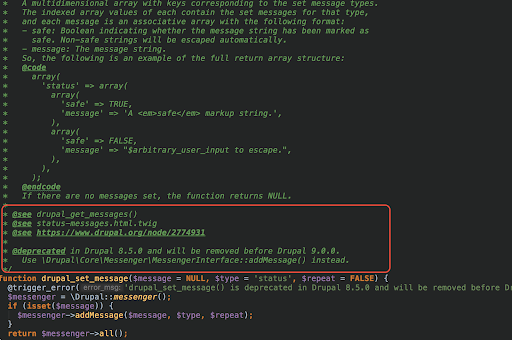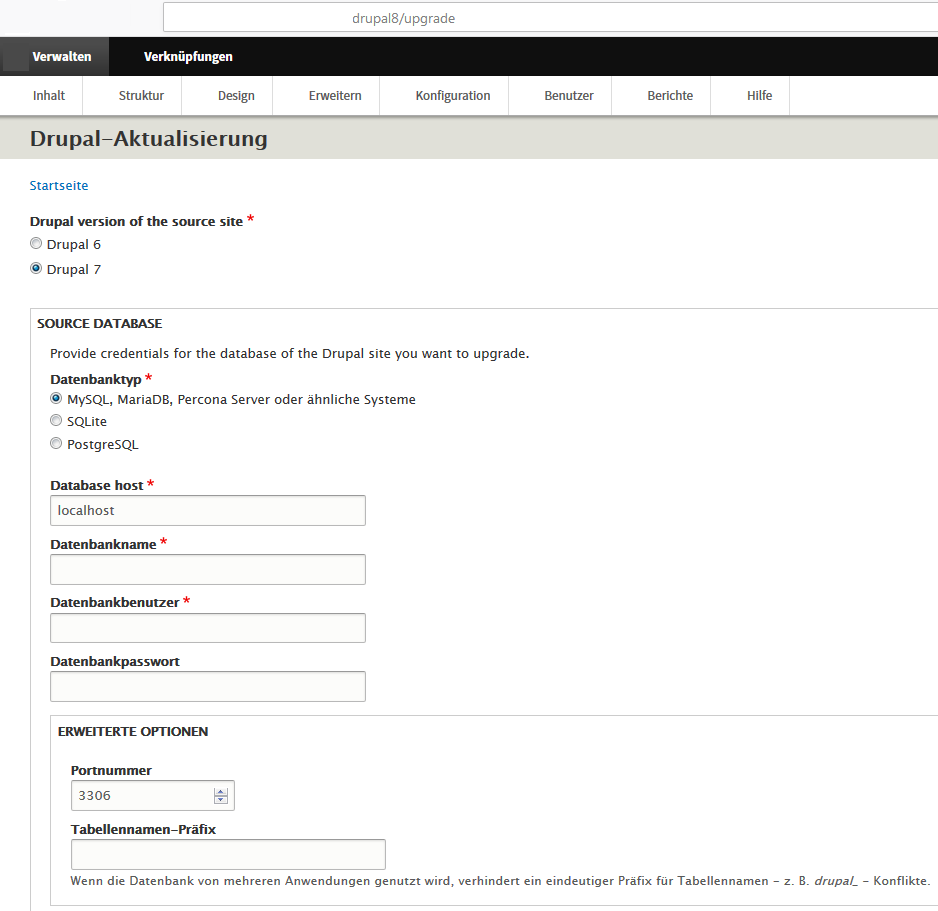

With more solutions at your disposal, the process of upgrading should be easier than it was even a few months ago.

If you haven’t got the ball rolling yet, you still have time. Even in the last six months an increasing amount of updates have been released for modules, so they can be successfully upgraded to Drupal 9. The looming Drupal 8 end of life dateĪs we get closer to November 2nd 2021, Drupal 8’s end of life date, more site owners will be getting their upgrade projects underway. If you’re outsourcing your Drupal development, it’s wise to account for additional budget in case an unforeseen problem works its way into the upgrade project. Some errors can’t always be detected, so ensuring you’ve given your team enough time to work on any issues should they arise is imperative for a smooth upgrade. Our dev team came up against problems such as invalid library config files with Drupal 8 there weren’t any issues if you omitted a space after a colon in the code, whereas in Drupal 9 small details like that can break the code. your site has broken.Įven with the right tools like Upgrade Status, you may still find unexpected errors that need fixing.

So you’ve gone through your modules with a fine tooth comb and finally upgraded to Drupal 9 - hoorah!īut all of a sudden…. Once all of your modules are compatible with Drupal 9, you’re ready to upgrade. These will be listed in upgrade status under the heading ‘Collaborate with maintainers’. However, many contrib modules aren’t actively maintained, even if they’re widely used by the Drupal community.
DRUPAL UPGRADE STATUS UPDATE
For most maintained contrib modules, you can tell Composer to grab the latest version and it will update the code accordingly. If you’re using an actively updated contrib module, then half the battle is done. The majority of incompatible code can be fixed by telling Upgrade Status to scan your modules, and then following the remedial advice that it provides. There are two types of modules: Contrib (modules written by the Drupal community) and Custom (written by the developers of your website). If any functions are no longer valid, you’ll need to rewrite them or hire a Drupal development agency to sort this step. You can also view which bits of code need changing, i.e where deprecated functionality needs to be updated. Using a module called Upgrade Status, you can quickly identify Drupal 9 compatible modules, and pinpoint those that need extra work to get them ready. But don’t worry, there’s a solution at hand! Not every module is compatible with Drupal 9 if you try to upgrade one that isn’t compatible, you could break your site. So your site’s controlled by Composer, now what should you do? It’s time to tackle your modules. If you’re using version 1, it’s worth considering upgrading to version 2, as it operates much faster than the previous version. If you fall into this category, you should be ready to migrate to Drupal 9.Īs a best practice, be sure to check which version of Composer your site is using. In this instance, you might not use Composer at all and will need to switch the site over to using it. Your site was built in Drupal 8 during its infancy.The next steps you take are dependent on which scenario applies to your site: From a development point of view it’s not a hard task to switch to a Composer-managed site, however it can be a time consuming feat. Depending on when your website was built, you may or may not have used Composer to manage it. It downloads modules and manages the dependencies between them, allowing for easier updates and patches. To save you time (and frustration) during your own upgrade project, here’s our breakdown of what you need to know before upgrading from Drupal 8 to Drupal 9! Get up to date with ComposerĬomposer is a necessary tool for Drupal 9 that helps you manage modules. With only a handful of weeks to commit the upgrade, the risk of running into last minute problems grows.Īfter successfully completing multiple Drupal 8 upgrades, we figured sharing some of the problems we’ve solved could help others out of a sticky situation. Although the process should be straightforward, unexpected errors, issues and obstacles can turn a simple project into a hellish conundrum. If you’ve been meaning to upgrade your site from Drupal 8 to Drupal 9 but haven’t had the chance yet, this is for you.


 0 kommentar(er)
0 kommentar(er)
